The Teton Valley real estate keeps humming along. A few sectors of the market seem to be cooling off, but nothing earth-shattering.
LAND
The second quarter of 2021 seem to be a high point in the market with 190 land sales, consistent with the huge increase in sales since the real estate craze began in 2020. Total volume was just over 42m with sales prices exceeding list prices in many cases, but averaging 91% of the asking price. Of the 190 sales, just over 10% of them were financed.
The third quarter in 2021 brought newfound inventory, likely due to our newfound average sales price for land of just under $220k in 2021 (YTD) compared with an average sales price of just over $121k in 2020, though that average increased significantly as the year came to a close. Total volume was a touch over 38m. While the average sales price is up and sales prices are holding fairly firm at just 4% under the ask, inventory is also up and the number of sales are down over the last quarter. These are indicators that the increase of supply seems to be providing a sense of relief for buyers. We’ve seen a fair share of price reductions, but this is mostly attributed towards overzealous sellers beginning to understand that the current trajectory of land prices likely isn’t sustainable. Of the 138 sales, almost 14% were financed, a bit of an increase compared with last quarter.
RESIDENTIAL
The residential market continues to exceed expectations, likely due to the low inventory of just 58 active listings at the time of this writing and a dismal 14 new construction offerings. The third quarter of 2021 saw 93 residential sales at the time of this writing with home selling on average between 1 and 2% under the ask, with many selling above. The average sales price per square foot was $428 per square foot during this time which included land, this number is fairly consistent with the cost of construction not including land – the biggest factor when considering the lack of new inventory. Teton County reported about 38 new building permits for residential properties which included garage apartments and remodels. Builders have been turning away work with schedules booking several years in advance, but if you canceled projects because of unexpectedly high building costs have created just a few openings with custom home builders.
